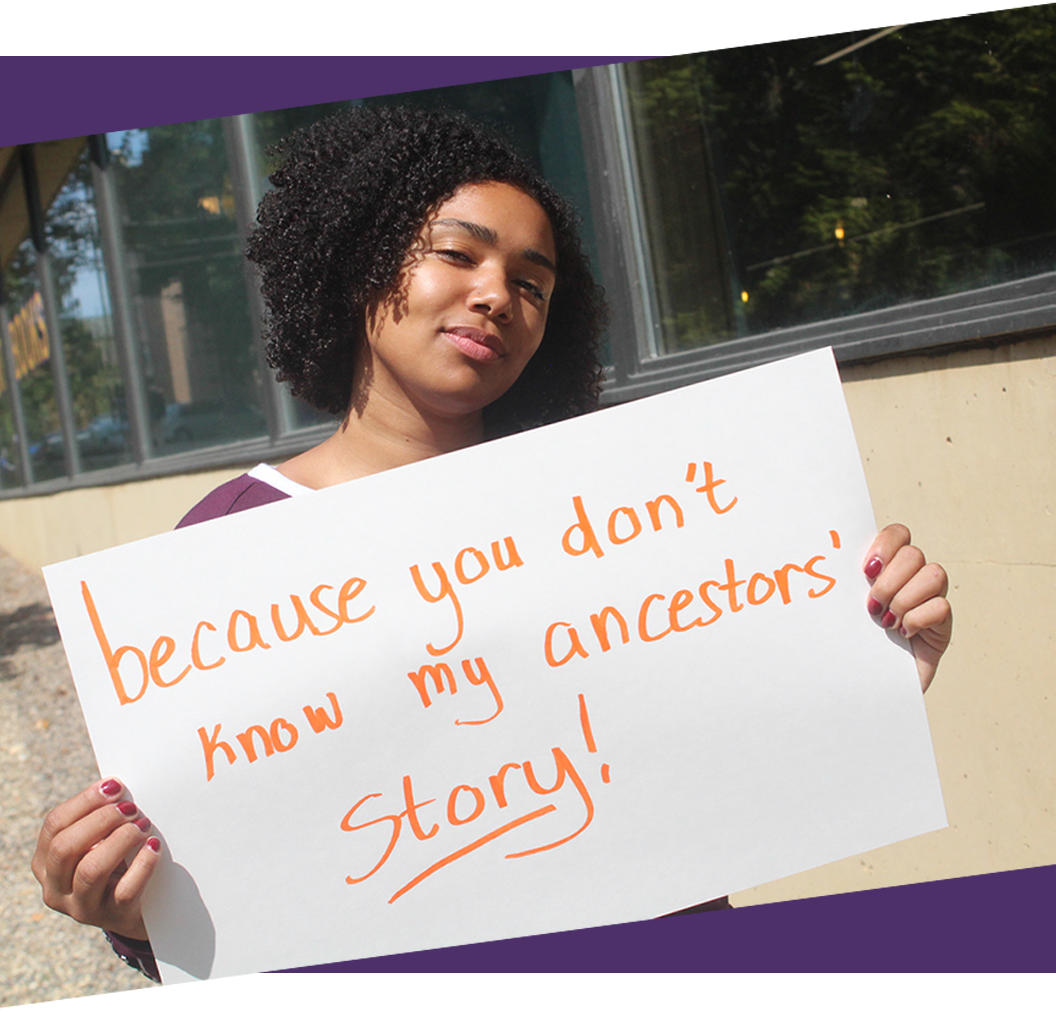Photo by Dowdy Multicultural Center.
Pumpkins, candy and scary masks are a few things to look forward to each Halloween, but one thing to avoid are costumes that reek of cultural appropriation. Yes, to all of my Geisha, Native American and Voodoo/Witch-Doctor costume dressers: this one’s for you. Cultural appropriation by definition is exploiting elements from one culture by another culture. The issue is that often the elements or things taken from one’s culture are the same things that caused that culture’s people to be harassed, excluded from certain activities and even killed. The bigger issue is that the people who are appropriating, typically come from the cultures that harassed, excluded and killed.
As mentioned above, choosing to dress as a geisha, Native American or voodoo practitioner for Halloween are all forms of appropriation, but here is a run down on why:
Geisha: A geisha is a woman who is trained to entertain men through conversation and music. They are an important part of traditional Japanese culture. Geishas typically wear captivating kimonos, powdered-white makeup and their hair in an intricate updo. They’re very pretty and catch the eyes of almost everyone around.
A common stigma is that geisha’s are sex workers. Since the theme of sex is alluring to the western world, it is common to see geisha costumes flooded in Halloween stores. In reality, to be a Geisha requires years (typically six years) of practice. During this practice, the women learn different tea ceremonies, music, hostess skills and many more. In short, it isn’t right to dress as a geisha for Halloween because this occupation is a deep part of Japanese culture and it can come off as extremely offensive if you know your Japanese and American history.
The bigger issue is that the people who are appropriating, typically come from the cultures that harassed, excluded and killed.
Native American: This concept hits closer to home. Almost everyone on campus understands who Native Americans are, but let’s take a trip down memory lane anyway. Native Americans are the indegenous people in America. That means they were here before Columbus and all of his friends showed up. As Europe began to colonize the Native Americans’ land, tension arose. Natives were raped, enslaved and killed during wars between Europeans who were desperate to take America into their own hands. It was essentially a mass genocide. When colonizers first arrived there were approximately 10 million indigenous people already there, but by the 1900s, there were only approximately 300,000 (www.history.com). As recent as 2016, Native Americans are still fighting to have their voices heard. If you haven’t researched the Dakota Pipeline Crisis, it is very encouraged. With that being said, leave the cheap tassels and dusty craft store feathers in the store where they belong.
Voodoo: You’ve probably heard of voodoo, but did you know that it is a religion? The Voodoo religion is rooted in Haiti an culture, but in the United States, New Orleans is known for its Voodoo culture. Voodoo was introduced to New Orleans through slaves that came from the West Indies during the 1700s. For the black men and women living in that oppressive and heinous era, it was a way to ease anxiety and restore hope. The Hollywood version of a voodoo practitioner is extremely dramatized and wrong. When walking down a street, you would not be able to tell who is a Voodooist and who isn’t. From the hairstyles to the clothing, peoples CULTURES are not COSTUMES. Let us break down the blatant disrespect that culture appropriation presents through costumes. By deciding to dress up as a Native American with a tribal headdress or drenching your face in black paint to resemble a black person, the individual dressing up is making light of someone else’s traditions and lifestyles that they have not lived through. The disrespect continues as the same people will dress as another culture, only to not recognize how oppressed that community is. Oppression is widespread throughout America’s minority groups.
From the hairstyles to the clothing, peoples CULTURES are not COSTUMES.
The struggles that thousands of minorities face socially, economically and politically affect their daily lives continuously. Minority groups thrive in their traditions and cultures to keep them afloat in this ever changing and oppressive society that they live in. Cultures are what hold families together. They are a sense of self-identification and a lifestyle. Please ask yourself, if you have not lived within the skin of the oppressed group, then why are you dressing like that said group?
Reflecting back on the media, many celebrities are quick to appropriate with the costumes they wear, and it is deemed acceptable by society. There is no excuse to appropriate someone’s culture, especially not for the Halloween holiday. Here’s some more examples of what NOT to wear for Halloween…
1) Kim Kardashians “Bo Derek Braids” is a hairstyle known and worn in black culture as a protective style and a way that many men and women express themselves.
2) Karlie Kloss, a Victoria’s Secret model, was seen wearing a Native American headdress as a “style.”
3) Vanessa Hudgens wearing bindis and box braids. These “costumes” have meanings, love, traditions and history attached to them. Be wary and conscious of what you are wearing and how you are wearing it. If you are not part of that particular culture and are not knowledgeable in that culture, you should not wear a costume reflecting that culture. If your costume idea this year falls into the category of cultural appropriation, save your $24.99 and put it towards something more beneficial.
Courtney Barbour is a fourth-year majoring in computer science and minoring in tech writing. CB901997@wcupa.edu
Camryn Council is a second-year student majoring criminal justice. CC911894@wcupa.edu

